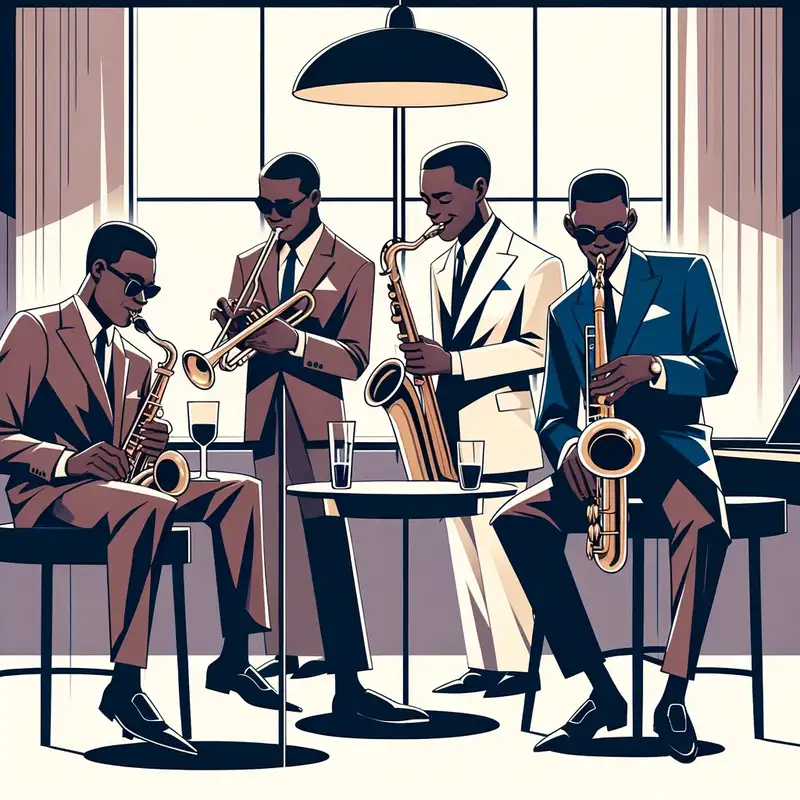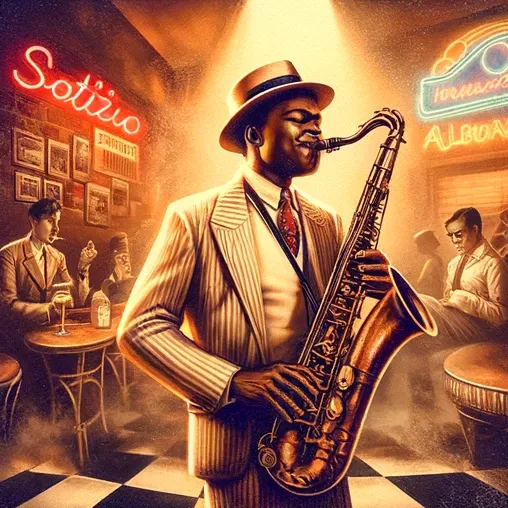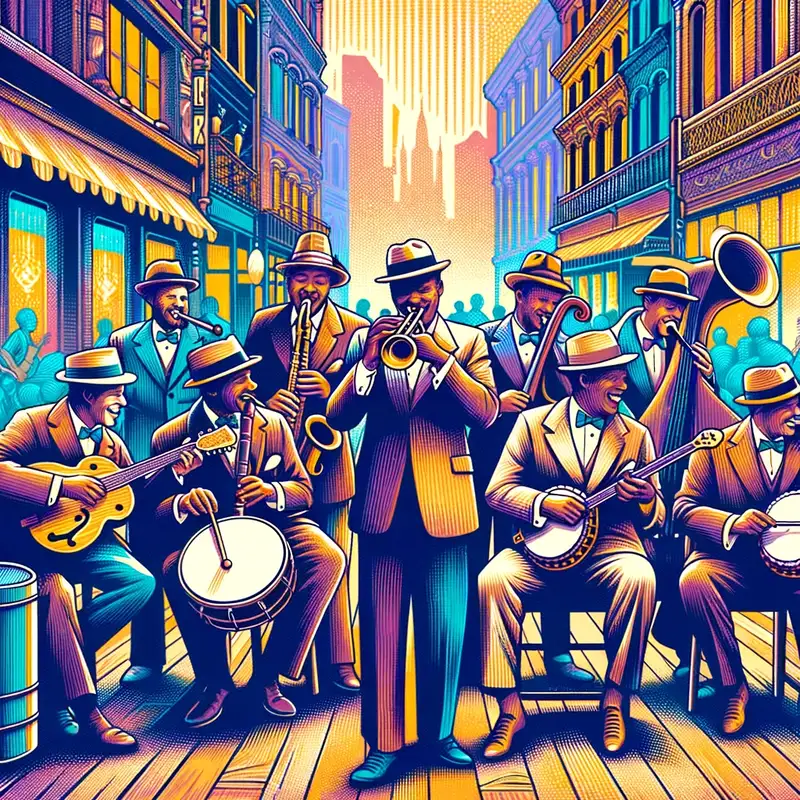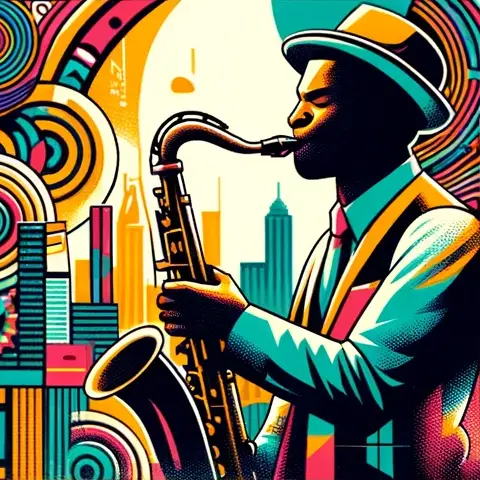Cool Jazz

Picture yourself in a cozy jazz club, sipping on something classy, while a sax player serves up a melody that’s smooth as butter. We’re talking about Cool Jazz.
Table of Contents
The Origins of Cool Jazz
Cool Jazz emerged in the late 1940s and early ’50s as a counterpoint to the frenetic rhythms and complexities of Bebop. It was all about taking a step back, slowing things down, and giving listeners a chance to breathe. Birthed on the West Coast but loved everywhere, Cool Jazz was music to unwind to.
The Kingpins of Cool
When it comes to Cool Jazz, a few names stand out:
- Miles Davis: The epitome of cool, Miles led the charge with his seminal album “Birth of the Cool.”
- Chet Baker: The James Dean of jazz, a trumpet player and vocalist who exuded a natural, understated cool.
- Stan Getz: The saxophonist who could make his instrument whisper and wail in the most soul-soothing ways.
- Dave Brubeck: Known for hits like “Take Five,” this pianist added an intellectual touch to the genre.
The Instrumental Line-Up
Unlike the fiery combos of Bebop, Cool Jazz often featured unusual instruments like the flute, French horn, and vibes, making for a softer, richer sonic palette. But the core group still had:
- Saxophone: Lush and mellow tones were the order of the day.
- Trumpet: Less about blaring and more about soothing.
- Piano: Providing delicate and intricate harmonies.
- Bass and Drums: More restrained, adding a gentle pulse to the music.
Signature Sounds and Musical Traits
Cool Jazz is all about:
- Harmonic Sophistication: Complex but accessible chords.
- Moderate Tempos: It’s the musical equivalent of a leisurely stroll.
- Soft Dynamics: No blaring horns here, just gentle caresses of sound.
- Lyricism: Think poetic, flowing melodies.
Beyond the ’50s: Is Cool Jazz Still Cool?
While its heyday may have been decades ago, the genre’s influence can be felt in contemporary jazz and even pop music. Plus, there are plenty of musicians today who are keeping the Cool Jazz flame alive.
Whether you’re looking for music to chill to, to think to, or just to be to, Cool Jazz is a mood and a vibe that never goes out of style.
FAQ
What Is Cool Jazz?
Cool Jazz is a subgenre of jazz that emerged in the late ’40s and early ’50s. It’s characterized by its relaxed tempos, soft dynamics, and emphasis on lyricism and sophisticated harmonies. It’s the kind of jazz that makes you want to sit back and sip on a cocktail.
How Does Cool Jazz Differ from Other Jazz Subgenres?
It’s more laid-back and tends to focus on moderate tempos and softer dynamics. While Bebop gets your heart racing, Cool Jazz is more about slowing down the pulse and savoring the moment.
What’s the Cultural Impact of Cool Jazz?
Cool Jazz has influenced not just music, but also fashion and literature. It played a role in the laid-back, introspective culture of its time, especially among the Beat Generation.
Why Should I Listen to Cool Jazz?
If you’re looking for music that’s rich in texture and emotion but still gives you space to think and breathe, Cool Jazz is for you. It’s both engaging and relaxing – a perfect combo.
Where Can I Start Listening Cool Jazz?
You can start by checking out classic albums by Miles Davis, Dave Brubeck, or Chet Baker. Streaming platforms often have Cool Jazz playlists, and don’t forget about jazz radio stations that feature the genre.


